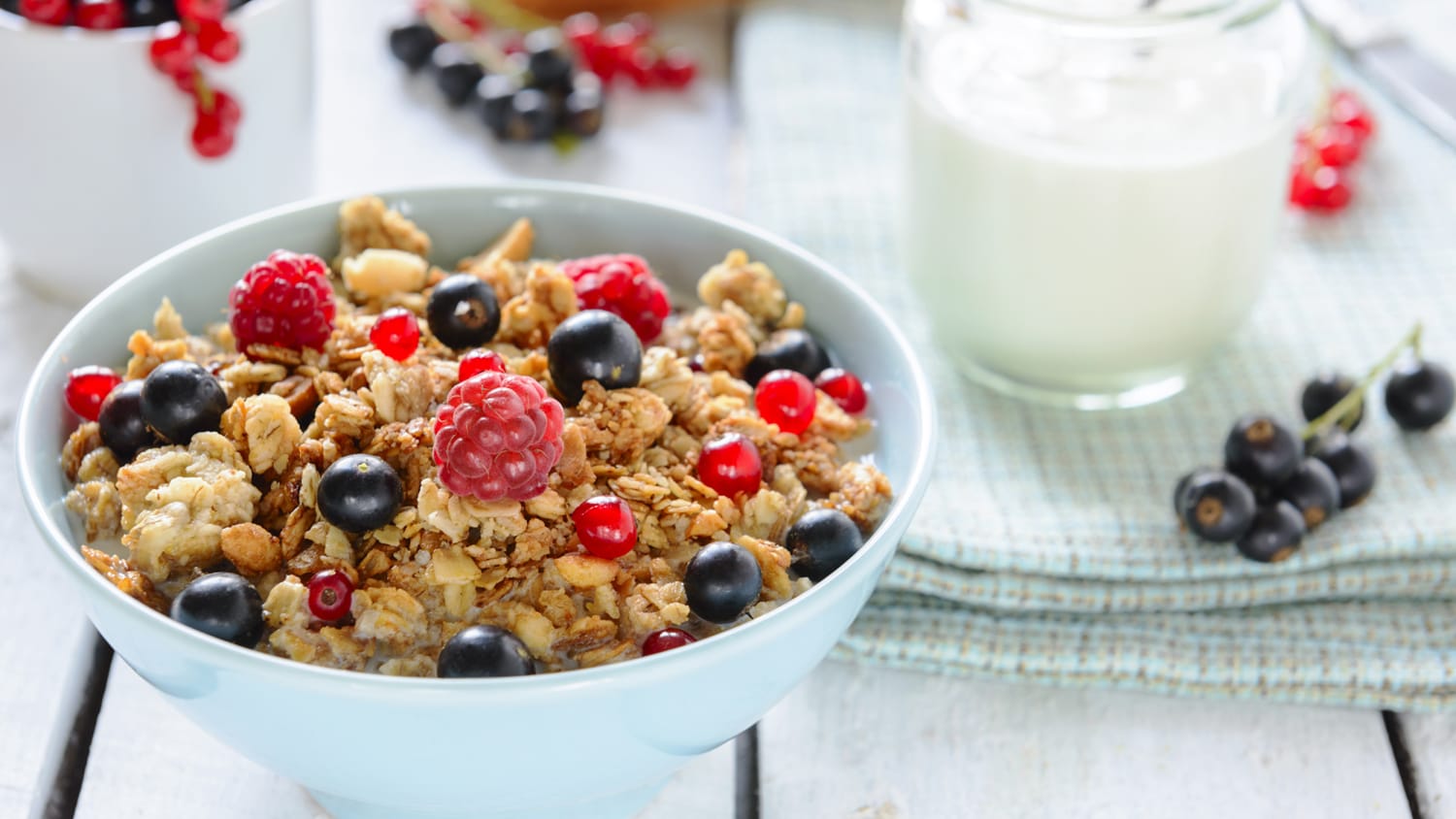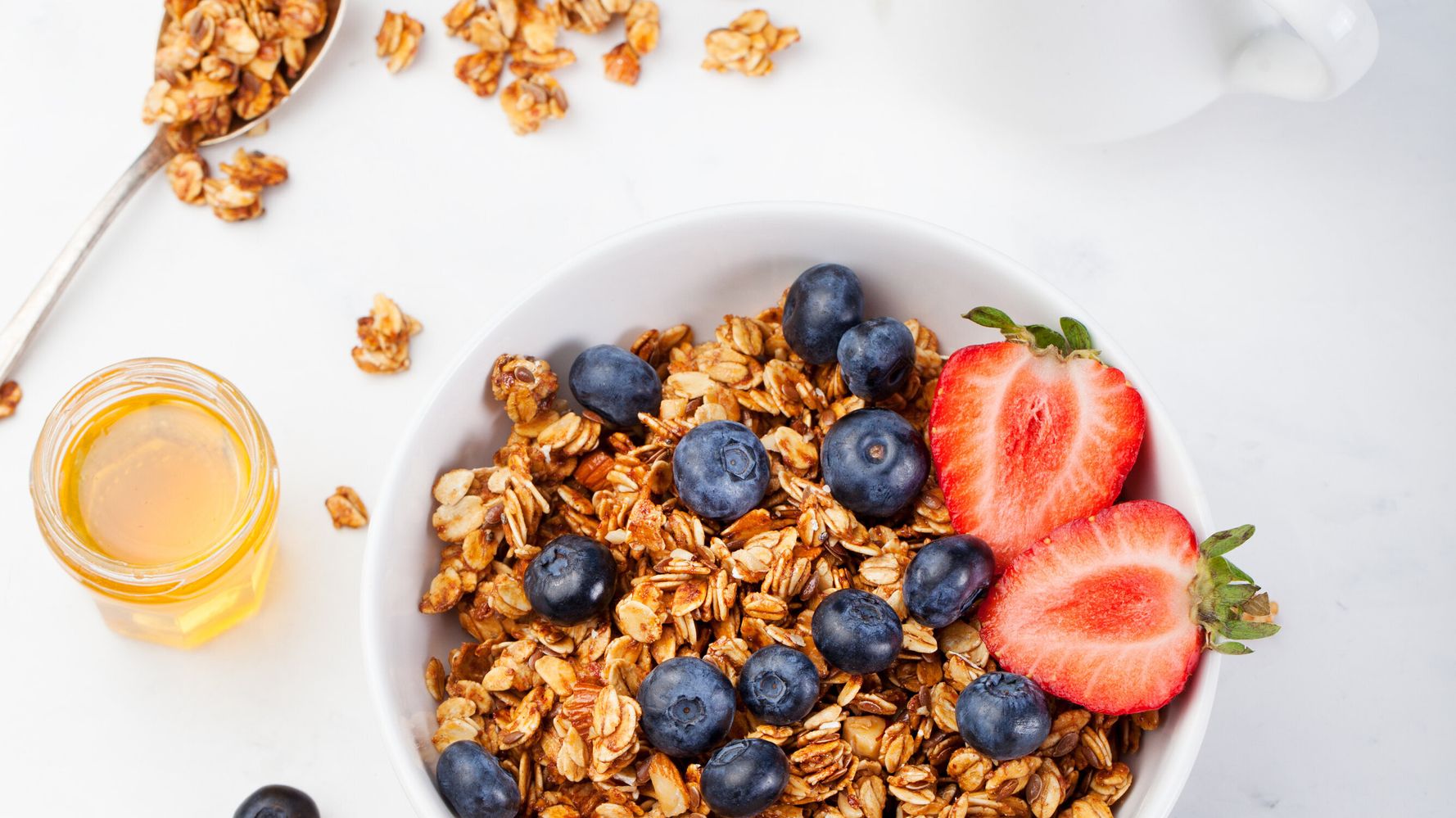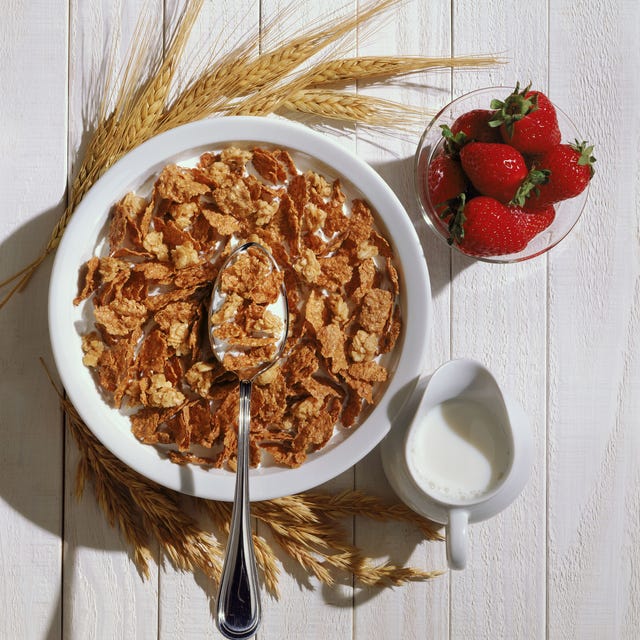Cold cereals are a simple to prepare and easy food.
Some have impressive health claims or claim to be the latest trends in nutrition. However, you might be wondering if they are as nutritious like they are claimed to be.
This article provides a thorough review of breakfast cereals and their health consequences.
What is breakfast cereal?

Breakfast cereals are made of prepared cereal grains and is often enriched with minerals and vitamins. It is usually consumed along with yogurt, milk, fruit, or even nuts
How breakfast cereals are typically made:
- Processing. The grains are typically processed into fine flour, then cooked.
- Mixing. The flour is then mixed with ingredients such as cocoa, sugar and water.
- Extrusion. Many breakfast cereals are manufactured using extrusion, which is a process that’s high-temperature which makes use of a machine to form the cereal.
- The process of drying. Next, the cereal is dried.
- Shapes. Finally, the cereal is formed into shapes like loops, balls, stars or rectangles.
Breakfast cereals can be flaked, puffed or shred — or coated with chocolate or frosting prior to drying.
It is loaded with refined carbs and sugar
Sugar added could be the most harmful food item in our modern diet.
It can cause a variety of chronic diseases. And the majority of people eat excessive amounts of it.
Interestingly, the majority of the sugar is derived from processed foods as well as breakfast cereals are among the most well-known processed foods high in sugars that are added to the food.
In reality, many cereals include sugar as a third or second ingredient.
The morning begins by eating a high-sugar cereal for breakfast can spike levels of blood sugar as well as the insulin levels.
In the next few hours the blood sugar level could be soaring and your body may want to eat another high-carb meal or snack, leading to a vicious cycle of eating too much
Sugar consumption that is excessive can also increase the chance of developing cancer, and heart disease.
Health claims that are misleading
Breakfast cereals are promoted as nutritious.
Breakfast cereals are advertised as healthful, with boxes with health claims such as “low-fat” and “whole-grain.” But, the first ingredients listed typically include sweetened grains as well as refined sugar.
The small amounts of whole grain don’t make these foods healthy.
But, research shows that these claims for health are effective in attempting to fool people into thinking the products’ claims to be healthier
Oft, it is marketed to children

Food manufacturers target specifically children.
The companies employ colorful colours, characters from cartoons or action characters to draw the attention of young children.
It is not surprising that children tend to connect breakfast cereals with entertainment and amusement.
It also influences the taste preferences of children. Research has shown that children are more enthused by the taste of food items that feature cartoon characters that are popular on the package.
Food marketing exposure is often regarded as a risk reason for childhood overweight as well as other diet-related illnesses.
The same products can also have false health claims, too.
Although the cartoons and colors help to make these products more attractive to kids The health benefits can make parents feel better purchasing these products for their children.
Selecting healthier types
If you decide to eat cereal as breakfast food, these are a few suggestions to help you choose the healthier option.
Limit sugar
Make sure you choose breakfast cereals with less than 5g of sugar for each cup. Check the label on the food to determine the amount of sugar the product has.
Try to find high-fiber
breakfast cereals that pack at minimum 3g of fiber per serving are recommended. Ingestion of enough fiber is a good idea as it can provide many health advantages
Pay attention to the portions
breakfast cereals tend to be delicious and crunchy as well as quite easy to consume a large amount of calories. Be sure to know how much you’re eating. Refer to the serving size on the label to guide you.
Look over the list of ingredients
Do not believe the health claims printed on the label Be sure to read the list of ingredients. The first two or three ingredients are the most important as they constitute the majority of the cereal.
Food companies can employ techniques to disguise amounts of sugar they use in their products.
If sugar is listed multiple times under various names even if it’s not listed in the initial few places — the product is likely to be loaded with sugar.
You can also add some protein

Protein is the macronutrient that fills you up. It helps to fill you up and decreases appetite.
It’s likely that protein affects the hormone levels of several like that hunger hormone Ghrelin and a hormone for fullness known as peptide YY
Greek yogurt or some seeds or nuts are great options for protein.
Select unprocessed breakfasts
If you’re thirsty in the early morning, it is recommended to take a breakfast. But, it’s better to opt for whole, single-ingredient food items.
Here are a few excellent options:
- oatmeal , raisins and nuts
- Greek yogurt with nuts , and slices of fruit
- scrambled eggs topped with vegetables
Whole eggs are a great breakfast option because they’re rich in proteins, healthy fats and other nutrients. Additionally, they can will keep you full for long periods of period of time, and can even help with the weight loss.
A study of teens discovered that a high-protein meal comprising eggs and lean meat enhanced fillness. It also decreased cravings, and late-night snacking.
Other studies have found that replacing the grain-based breakfast you eat with eggs will make you feel fuller for the following 36 hours, and can help you shed as much as 65 percent more weight.
Bottom line
breakfast cereals are highly processed typically packed with sugar, refined carbohydrates. The packaging of their products often contains false health claims.
If you are a cereal eater be sure to read the list of ingredients and consider the health claims with skepticism. The most nutritious cereals are rich in fiber and are low in sugar.
However, there are many healthy breakfast options available. Whole, single-ingredient meals -such as oatmeal porridge, eggs or porridge are great choices.
Making an nutritious breakfast with whole foods isn’t just easy but also provides you with plenty of energy.
Follow IBA to read more articles about health and beauty.









